Will the coronavirus pandemic empty the cities?
As the coronavirus outbreak hopefully begins to level off in New York and governors start developing plans for gradually reopening the economy, urban policy experts and economists have begun to reflect on how the pandemic will change American cities in the years ahead, even permanently.
The devastation already wrought by the virus and the economic consequences of social distancing have led some thinkers to predict an exodus from New York City, or more densely populated cities in general.
While globally connected cities such as Seattle, San Francisco and New York City all got exposed to COVID-19 earlier than most of the country, more recent data suggests that urban density isn’t the main factor that dictates the extent of the virus’s spread. San Francisco is the second-densest city in the country, but its earlier adoption of social distancing regulations spared it from an enormous onslaught like the one New York is facing.
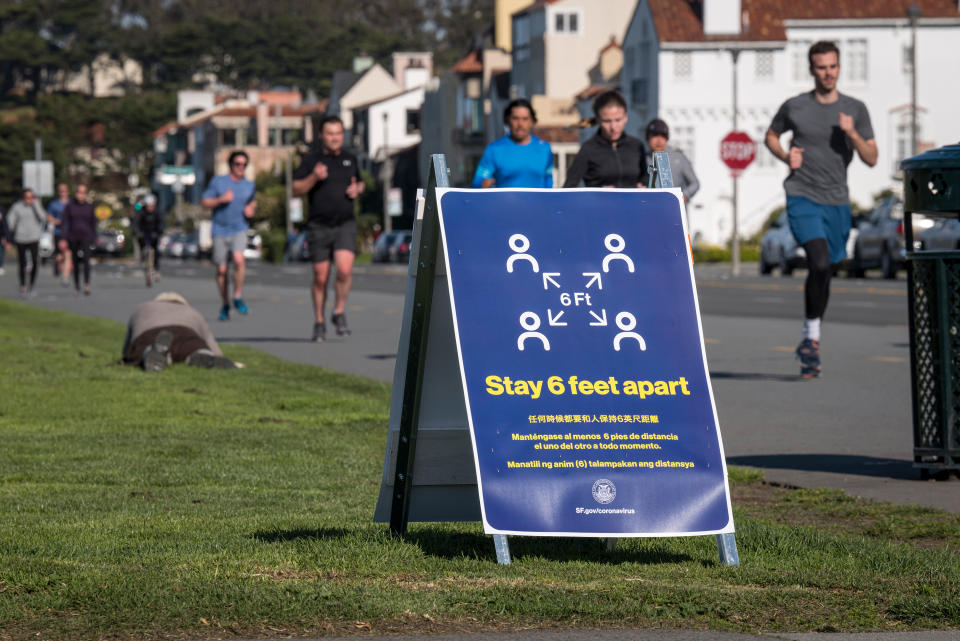
Meanwhile, writers at outlets such as Wired and CityLab have argued that the COVID-19 crisis presents an opportunity to reimagine cities, especially in terms of transportation. As cities have seen traffic drop precipitously due to social distancing regulations, and pedestrians and bicyclists have been forced to try to avoid getting too close to one another, some cities are experimenting with closing streets to cars. The end result, some urbanists hope, could be wider sidewalks and expanded networks of bike lanes.
Most predictions of major changes to urban life are probably overblown. The Spanish flu of 1918 did not reverse urbanization; the 1920 census was the first in which a majority of Americans lived in urban areas. Nor did it trigger flight from specific cities that were notably hard-hit. Philadelphia, despite being notoriously badly affected in 1918 because of its refusal to cancel a parade, continued to grow and remained the third-largest U.S. city until the 1950s.
After the attacks of Sept. 11, 2001, many observers expected large cities, especially New York, to be abandoned by residents and businesses that could move. Instead, America’s urban renaissance picked up steam in the subsequent economic recovery, and New York grew larger than ever.
Cities adapted to new threats with new security measures such as building bollards to block truck bombs and deploying police officers on a new antiterrorism beat. Even high-rises have flourished, with added security. Since 9/11, national building codes have required blast-resistant stair-shaft walls for skyscrapers taller than 420 feet, so that if a plane flies into the top of a building, its occupants can still evacuate.
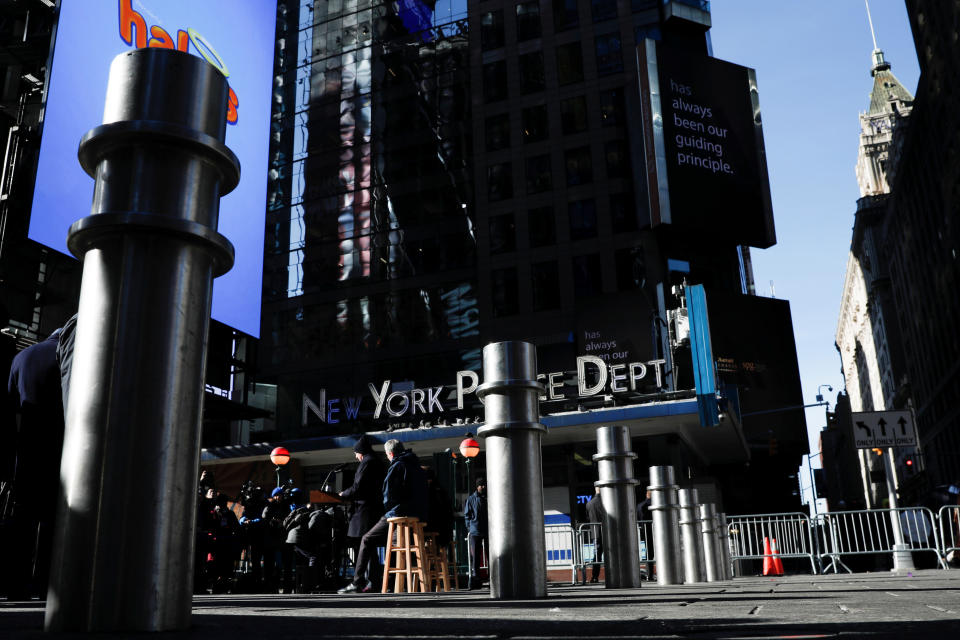
Now a similar adaptation in the public health infrastructure will have to happen. “After terrorist attacks, there was the thought that people would avoid cities,” said Harold Pollack, a health policy professor at the University of Chicago. “That’s not the way it works, but it changes the way cities operate. Cities will harden themselves against public health threats, which is in a lot of ways long overdue and a good thing.” For example, Pollack predicts that urban hospital systems “will be reconfigured to have more surge capacity.”
In a sign that that adaptation is already occurring, Manhattan office buildings are instituting new cleaning protocols and air purifying systems. “Who would want to go back to coworking post virus? People will pay a premium for a safe, clean, healthy building,” a real estate manager told the New York Post.
Richard Florida, an urban theorist whose series of bestselling books on the “creative class” have described the influx of young professionals and artists who have revived cities on the coasts — and, increasingly, between them as well — thinks that childless creative professionals will keep coming to cities. At the same time, the experience of being cooped up in an apartment with small children while under social distancing orders might persuade some families to decamp to the suburbs.
That’s especially true if social distancing rules end up having to remain in place for one to two years, as some epidemiologists predict, rather than one to two months.
“It depends on who we’re talking about and how long it lasts,” said Florida. “If it’s a family with young kids, the thing that might drive people out of the city is the desire for private amenities, like being able to let the kids play in a backyard. For young people, I think they’re coming to cities. If I want to make my career in media, entertainment or finance, I’m not going to live in the boondocks.”
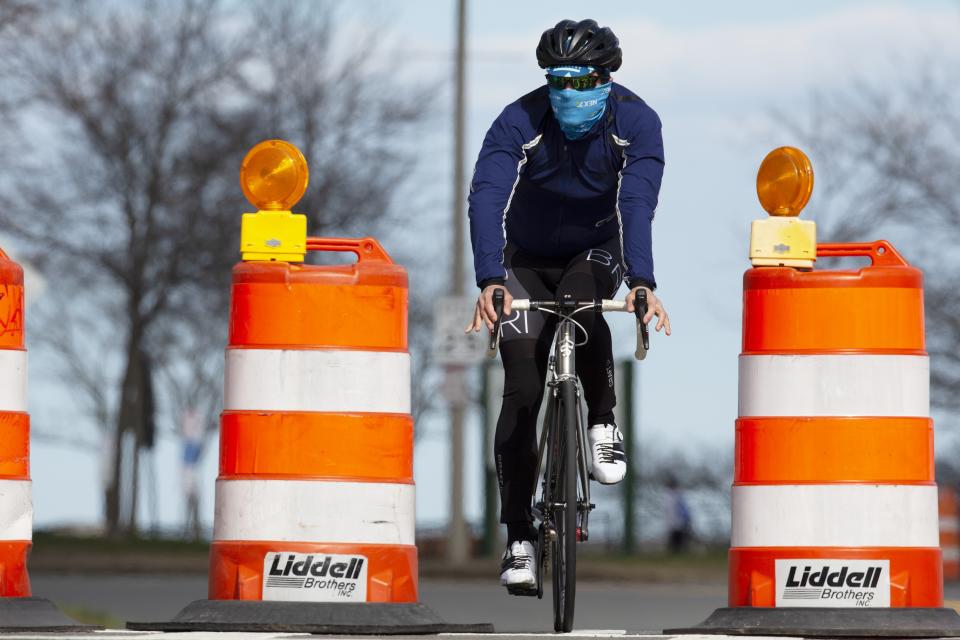
Florida foresees the potential for a larger dispersal of workers to cheaper towns, but, paradoxically, also the possibility of a greater concentration of certain industries in major cities. That’s because social distancing has demonstrated the ease of working remotely in many white-collar professions, but also that being a few hours away by plane or train isn’t so close after all.
“Venture capitalists [from the coasts] can’t fly to monitor investments in Pittsburgh, so startup capital could reconcentrate a bit,” Florida said.
Rather than causing an exodus from the coasts to the Sun Belt, the ability to work from home might mean that existing major metro areas get even bigger, as employees can move to cheaper areas on the urban fringe but still stay relatively near their family and friends and within striking distance of the office for occasional meetings. “People will work from Hudson, N.Y.,” Florida predicted, referring to a famously bucolic town 120 miles north of Manhattan.
Some companies could staff up, though, by simply attracting employees wherever they live. “For tech giants, you could get individual remote workers more easily than you can make a HQ2,” Florida said, referring to Amazon’s much-maligned sweepstakes for cities vying to host its second headquarters. That might mean, at least at the margins, more computer programmers moving from the San Francisco Bay Area to more affordable inland cities such as Nashville or Tucson, Ariz.
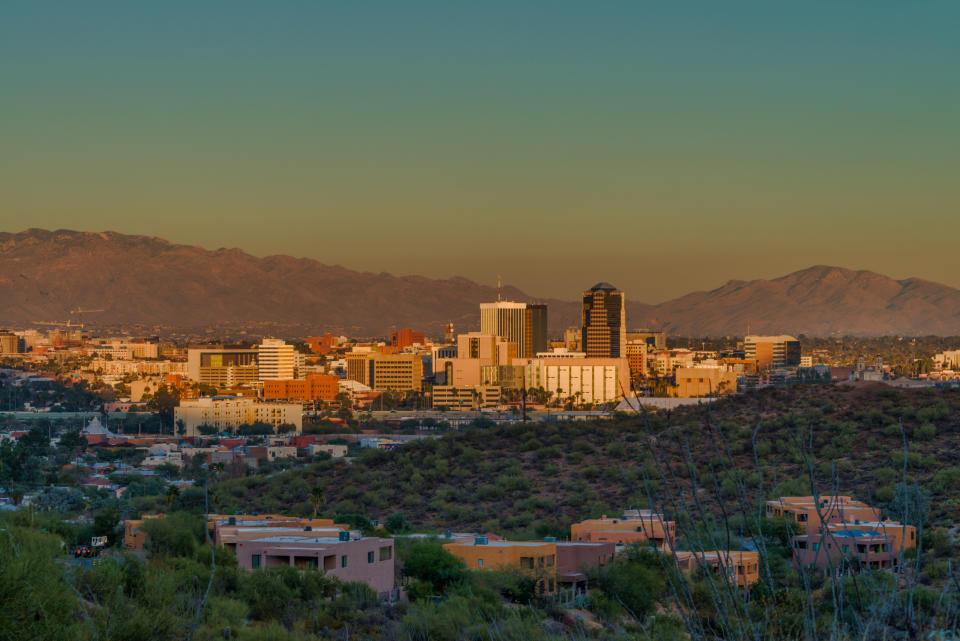
It’s also possible that some companies will go to less expensive locations around the urban perimeter, as the need to be near other firms is reduced when everyone gets used to just holding meetings via videoconference. “The trophy location — like, being a law firm on Michigan Avenue says something about who you are — will still exist,” said Pollack. “But other businesses may say, ‘I have to be in Chicago, but it doesn’t mean I have to be on Michigan Avenue. If most clients are dealing with me remotely, I can be in a much cheaper spot.’”
Although cities won’t be abandoned, they are going to experience some inevitable hard times — if not because of COVID-19, then because of the recession it has triggered. Absent federal aid, similar to what was earmarked for businesses in the $2 trillion stimulus package recently passed by Congress, that’s going to translate into budget shortfalls and cuts in public services.
On Tuesday the Washington Post reported, “More than 2,100 U.S. cities are anticipating major budget shortfalls this year and many are planning to slash programs and cut staff in response, according to a survey of local officials.” While suburbs typically pay for public services primarily through property taxes, cities are sometimes more dependent on income or sales tax receipts, which are plummeting as shoppers stay home, tourists stay away and workers are furloughed or laid off.
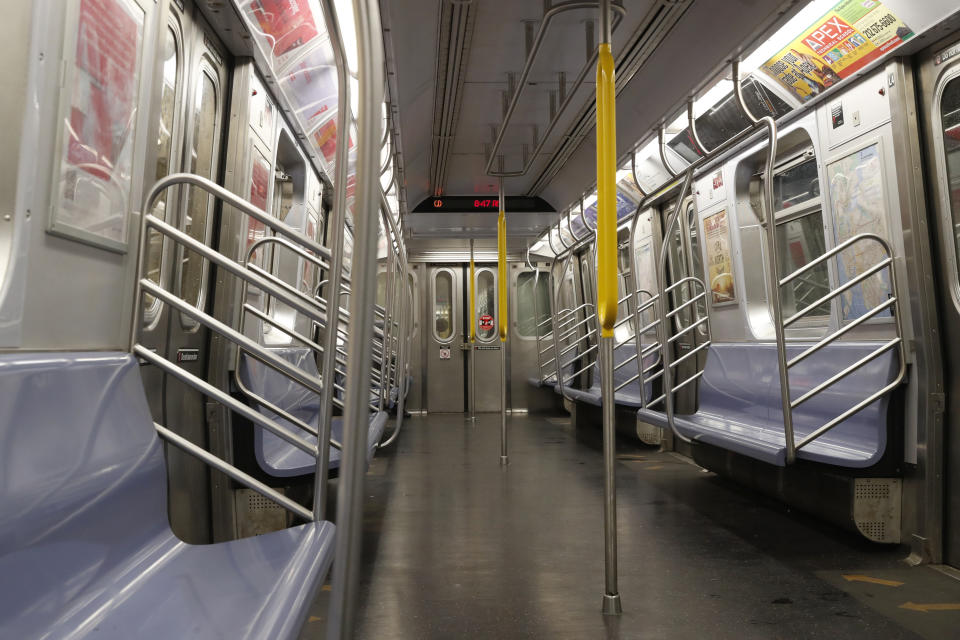
These budget cuts will hit hard, as cities tend to have lower median incomes, higher poverty rates and greater need for social services than their surrounding suburbs. Less money for maintaining parks and playgrounds, tearing down abandoned houses, policing the streets and improving the schools can translate into visible signs of decay and, ultimately, increased crime.
Because of lower revenue due to fares falling off a cliff and increased costs for cleaning, urban public transit systems are also going to have a very lean few years, during which service may worsen. In turn, ridership may take a decade or more to fully recover.
One of the worst impacts on cities will also be felt in suburbs and small towns: vacant storefronts. With industry observers predicting at least twice as many stores going out of business this year compared with last year due to stay-at-home orders, main streets may look like ghost towns. An especially depressing possibility for those who cherish their neighborhood mom-and-pop shops: increased dominance of retail chains such as CVS, Walmart and Target, as large corporations are better able to weather a few months with less revenue.
The decades-long shift toward online ordering will be accelerated, as more Americans will have become accustomed during the lockdown to shopping online for products such as clothing, cleaning supplies, hardware and even groceries. Suburban shopping malls could be hit even harder as Americans become more fearful of sharing indoor pools of air. But the blight of struggling commercial corridors is a risk factor for crime in pedestrian-friendly urban areas.
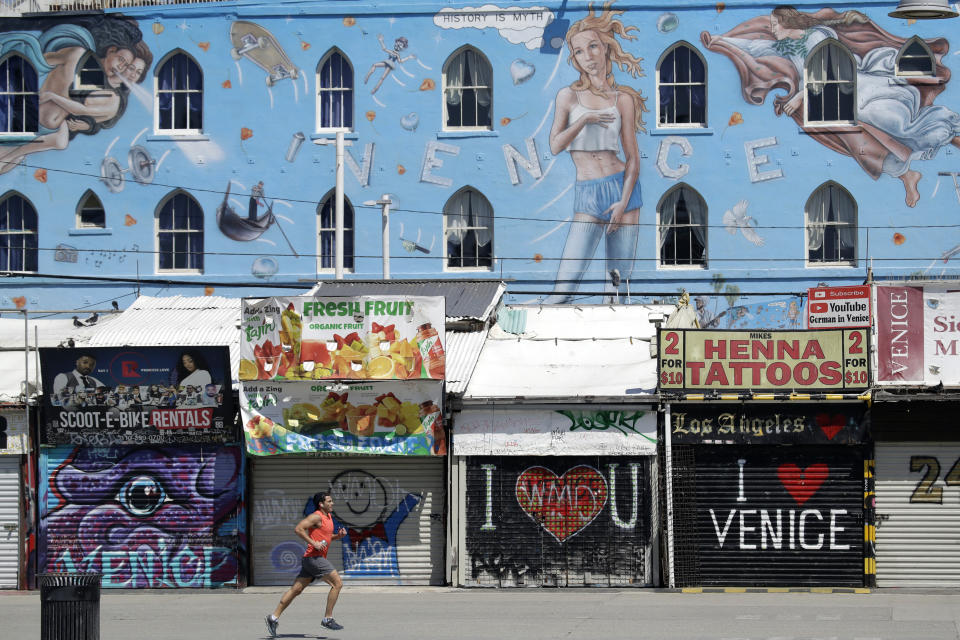
Cities such as New York and Chicago, with their unusually large share of mass transit commuters, may experience worsened traffic as more residents, fearful of getting germs from strangers on buses and trains, opt for cars when they go back to work. Los Angeles, on the other hand, enjoys the cultural benefits of a big city, with traffic that can hardly get any worse, as few L.A. commuters use public transit.
While density may not be inherently dangerous, COVID-19 has exposed something else that is: Crowding, such as when too many people are stuffed into the same living quarters, raises the risk of viral transmission between roommates. That condition can be found in low-density environments, such as suburban nursing homes, many of which have been decimated. The neighborhoods in New York City with the most cases are also among the most overcrowded.
Crowding can be caused by many factors, but a chief culprit in desirable coastal cities such as Miami, L.A., San Francisco and New York is the high cost of housing, which incentivizes people to cram in together to save on rent.
“You can have density without crowding, and you can have crowding without density,” noted Scott Bernstein, founder and former president of the Center for Neighborhood Technology, a Chicago-based urban policy think tank. In fact, to solve the housing crisis, cities will need to build more new housing, which could increase density but help reduce overcrowding within homes.
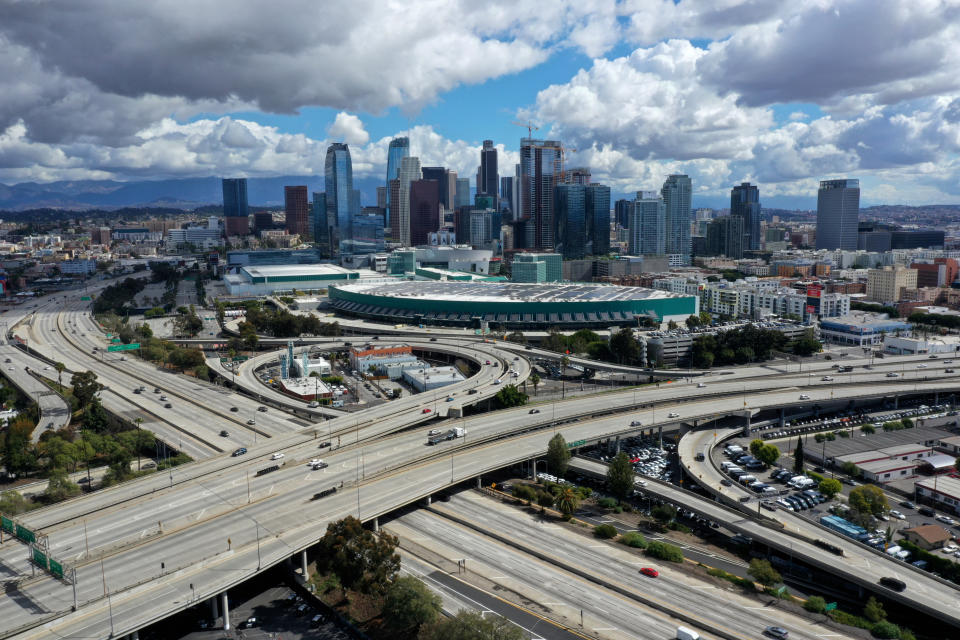
One outcome of COVID-19 that might help cities solve their housing problem: if rich out-of-towners, such as empty nesters from the suburbs and foreign investor-buyers, become less attracted to luxury apartments in the urban core. “If the amenity value of cities drops, it hopefully reduces costs and frees up space,” said Florida. “That offers the opportunity for cities to really figure out what they become instead of playgrounds for the superrich.”
In fact, Florida argues, the creative-class-driven urban renaissance not only won’t be ended by the pandemic, it could be renewed. “I think young people and artists are brave,” said Florida. “Rich people are going to go to a bunker, and young people and artists are going to go to the eye of the storm.”
Ben Adler is senior editor at City & State NY.
_____
Click here for the latest coronavirus news and updates. According to experts, people over 60 and those who are immunocompromised continue to be the most at risk. If you have questions, please refer to the CDC’s and WHO’s resource guides.
Read more:



